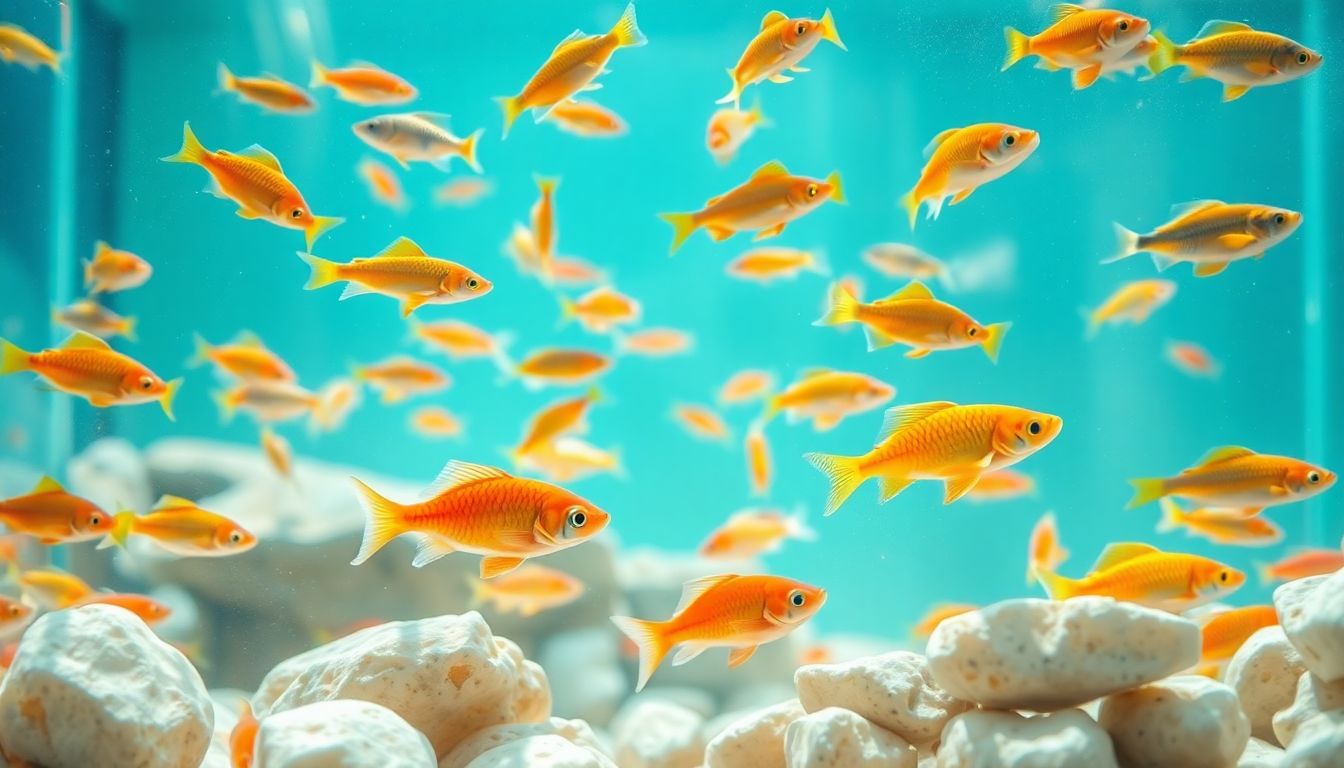How to prepare aquarium water for fish?
How to prepare aquarium water for fish?

Preparing Aquarium Water: The Ultimate Guide for Healthy Fish
Did you know that nearly 40% of fish deaths in home aquariums are due to poor water quality? This startling statistic highlights the crucial role water preparation plays in creating a thriving environment for your fish. Properly prepared water helps maintain stability, reduces stress, and supports the overall health of your aquatic pets. This guide will walk you through the essential steps to prepare aquarium water effectively.
Understanding Your Water Source
Tap Water vs. Spring Water: A Comparison
When choosing water for your aquarium, you have two primary options: tap water and bottled spring water. Tap water often contains chlorine and chloramine, chemicals commonly used to disinfect. For example, typical tap water can have chlorine levels ranging from 0.2 to 4.0 mg/L, and chloramine levels can vary between systems.
Bottled spring water is often a safer choice for your fish. Brands such as Poland Spring and Aquafina offer water that typically has lower levels of harmful chemicals. Always check the label to ensure it doesn’t contain any additives.
Testing Your Water: Essential Parameters
Water testing is vital for managing the aquarium environment. Use a reliable water testing kit to assess the key parameters, including:
- pH: Indicates acidity or alkalinity
- Ammonia: Toxic to fish at high levels
- Nitrite: Another harmful compound
- Nitrate: Less toxic but needs monitoring
Brands like API and Tetra offer accurate and user-friendly water testing kits to help you stay on top of your aquarium's health.
Dechlorinating Your Water
The Dangers of Chlorine and Chloramine
Chlorine and chloramine can be deadly for fish. According to aquatic expert Dr. Jennifer Smith, “Even trace amounts of chlorine can damage fish gills and lead to long-term health issues.” Understanding the risks of these chemicals is vital for any fish caretaker.
Effective Dechlorination Methods
To remove chlorine and chloramine, you can use various methods:
- Water Conditioners: Use products designed to neutralize these chemicals.
- Aeration: Bubbling air through water can help dissipate chlorine.
- Letting Water Sit: Allowing tap water to stand for at least 24 hours can help remove some chlorine, but it won’t eliminate chloramine effectively.
When using water conditioners, follow the product instructions closely for the right dosage.
Choosing the Right Dechlorinator
Select dechlorinators that suit your water type. Products like Prime and Seachem Safe are well-regarded and can be conveniently purchased online. Always check if the product is safe for both freshwater and saltwater aquariums.
Adjusting Water Parameters
pH Level Adjustment
Adjusting pH levels can be necessary for your fish's well-being. To safely raise pH, consider using baking soda, while lowering it may involve using driftwood or specific chemicals. Always make gradual adjustments to avoid shocking your fish.
Temperature Matching
Matching the water temperature to the needs of your fish species is vital. Use an aquarium thermometer to check the temperature during preparation. Aim for a gradual change of no more than 1-2 degrees per hour during water changes to keep fish stress-free.
Water Hardness Considerations
Water hardness, or GH (General Hardness) and KH (Carbonate Hardness), impacts fish health. Test for these levels and adjust if necessary with water conditioners designed for hardness.
Setting Up Your Aquarium
Priming the Aquarium
Before adding water, rinse your aquarium and any filter media thoroughly. Use a sponge or cloth to remove any dust or residue. For filter media, options like sponge filters or bio-balls are suitable for various sizes of tanks.
Adding Water Gradually
Introduce prepared water slowly to prevent sudden changes in water parameters. This gradual approach helps your fish acclimate better to the new environment.
Acclimating New Fish
When introducing new fish, acclimation is key. A successful method is the “drip acclimation” technique, where you slowly mix aquarium water into the transport bag over several hours. This helps the new fish adapt to the aquarium environment without stress.
Maintaining Water Quality
Regular Water Changes
Performing partial water changes is essential for removing waste and maintaining quality. Generally, aim for a 10-20% water change every week, depending on your tank size and fish population.
Filtration and Aeration
A quality filtration system is crucial to keeping your water clean. Options like canister and hang-on-back filters are popular. Ensure your filter matches your aquarium size. Aeration helps to increase oxygen levels and maintain healthy parameters.
Monitoring Water Parameters
Regularly testing and adjusting water parameters keeps your fish healthy. Studies show a direct link between water quality and fish wellbeing. Keep your water tests consistent to ensure long-term health for your aquarium.
Conclusion
In summary, proper dechlorination, careful parameter adjustments, gradual introductions, and ongoing maintenance are essential for preparing aquarium water. Taking the time to follow these steps creates a healthy environment for your fish and contributes to a thriving aquarium. Explore more resources and don’t hesitate to share your experiences with fellow fish keepers!

.jpg)
Comments
Post a Comment